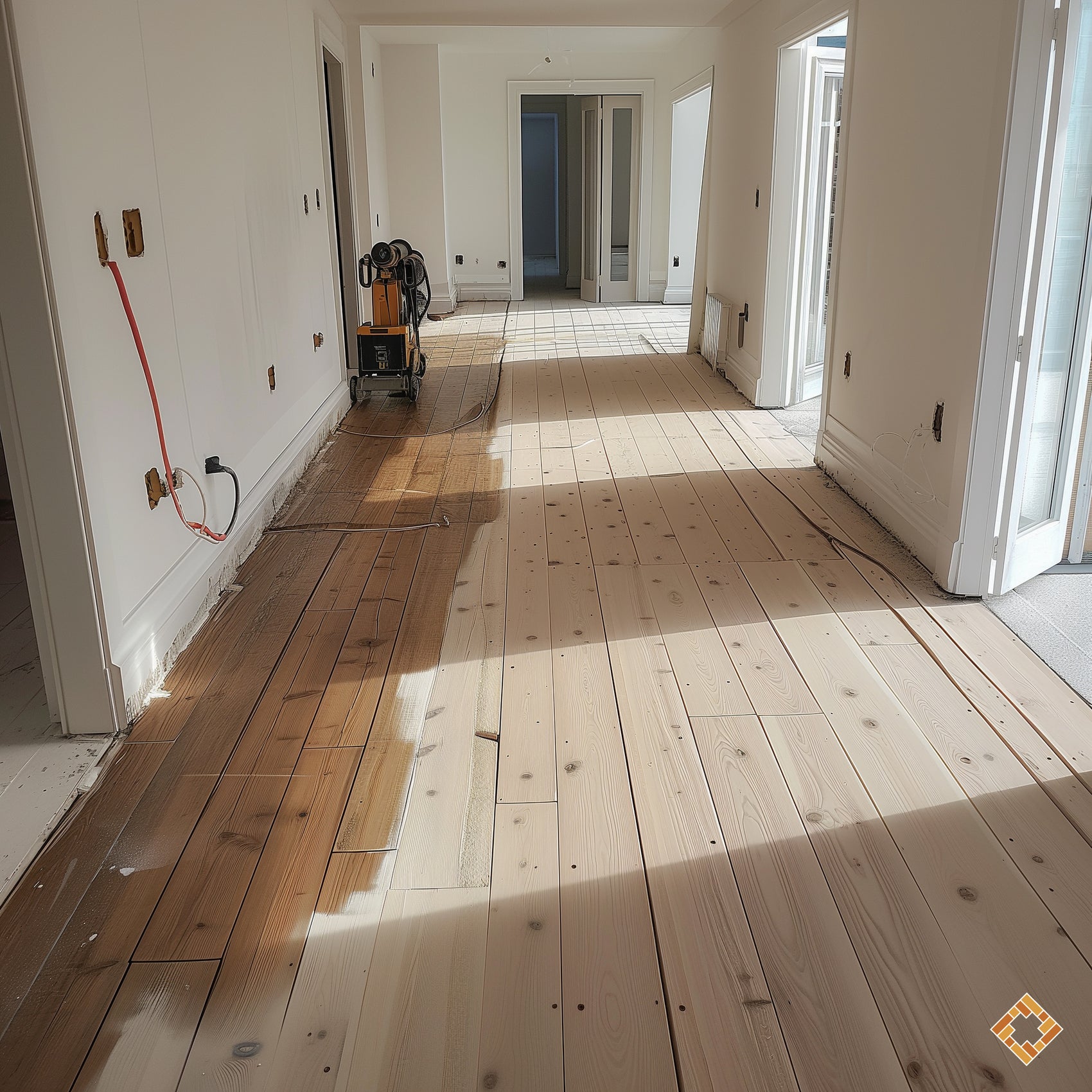How Many Times Can You Sand a Wooden Floor?
You're probably wondering how many times you can sand your wooden floor to breathe new life into it. It's a common question among our customers, and we're here to provide you with all the information you need. At Plancher Deluxe, we are experts in wood floor sanding in Montreal and the surrounding areas. In this article, we will explain in detail how many times you can sand a wooden floor, the factors influencing this frequency, and the benefits of hiring professionals for your floor sanding needs.
The Lifespan of a Wooden Floor
Before we answer the question "how many times can you sand a wooden floor?" it's essential to understand the lifespan of a wooden floor. In general, a well-maintained wooden floor can last for decades. However, over time and with wear and tear, it can lose its luster and natural beauty. That's where sanding comes in.
The Frequency of Sanding
The frequency at which you can sand a wooden floor depends on several factors:
-
Thickness of the Floor: The first thing to consider is the thickness of the wood. Thicker floors can typically undergo multiple sandings. Solid wood floors generally have more material to work with compared to laminate floors.
-
Condition of the Floor: If your floor is heavily damaged, it may require more frequent sanding to fully restore it. Floors that have been varnished or oiled multiple times may also need more regular sanding.
-
Usage of the Floor: A floor subjected to heavy traffic, such as in a business or a gym, may require more frequent sanding than one in a private residence.
-
Regular Maintenance: Regular maintenance, including cleaning and repairing scratches and dings, can extend the lifespan of your floor and reduce the need for frequent sanding.
-
Wood Type: Some wood types are harder and more resistant than others. Oak floors, for example, are generally more durable than pine floors.
Professional Sanding vs. DIY Sanding
Now that you know how many times you can sand a wooden floor, the question arises: who should perform the sanding? Many people consider doing it themselves to save money, but there are a few points to consider.
Sanding wooden floors is a complex process that requires skills and experience. It involves the use of specialized equipment such as floor sanders and industrial vacuums. Additionally, selecting the appropriate sanding grit, adhering to sanding techniques, and applying finishes require in-depth knowledge of wood and finishing products.
Hiring professionals for wood floor sanding offers several advantages:
-
Expertise: Professionals are knowledgeable about different wood species, sanding techniques, and suitable finishes.
-
Quality Results: You'll achieve a smooth and even final result without uneven sanding marks or poorly finished edges.
-
Time-Saving: Professionals are equipped to complete the job quickly and efficiently, reducing the disruption time in your home or business.
-
Maintenance Tips: They can provide you with maintenance tips to extend the life of your floor.
Conclusion
In summary, the frequency of sanding a wooden floor depends on various factors, including the floor's thickness, condition, usage, and wood type. Hiring professionals for wood floor sanding ensures high-quality results and a successful restoration of your floor.
At Plancher Deluxe, we take pride in our expertise in wood floor sanding in Montreal, Laval, Longueuil, South Shore, and North Shore. If you have any questions about wood floor sanding or would like to request a quote, don't hesitate to contact us. We're here to help you breathe new life into your wooden floors and make them shine once again.

